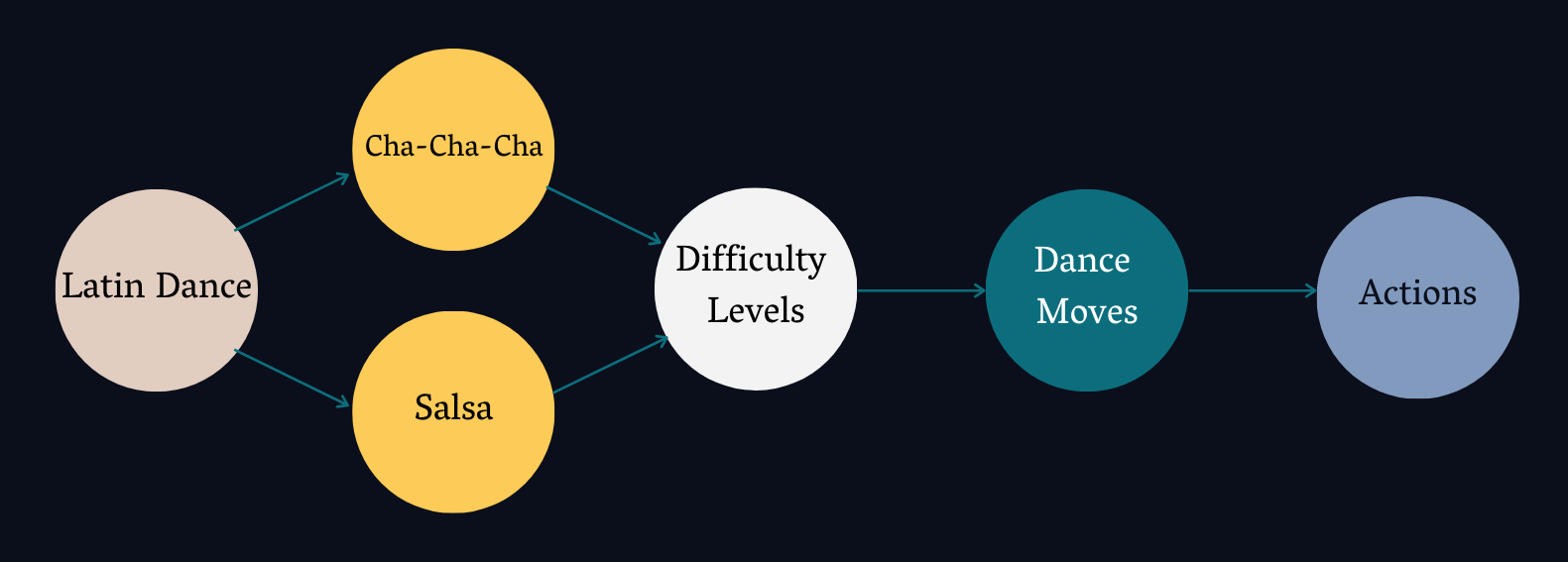The MetaDance component of the project focuses on developing a solution to documenting dance by developing a dance annotation tool that implements a dance ontology to extract the terminology from it. By doing so, a dance vocabulary is extracted and is used for annotating dance media files within the tool. These annotations can be further used for quick retrieval of dance media file.
At present, technology has the capabilities of documenting various forms of information that people deem as important and useful to have at hand, whether it be for accessing or manipulating. One of these sources of information is dance. Dance is a form of contemporary art and is interpretative at its core. Thus, documenting this source of information in a digital platform seems to be challenging when faced with attempting to store it for access in a wealth of unstructured information. Many attempts have been made in trying to preserve dance using a number of methods.
Develop a mobile dance application that documents Latin dance based on user annotations and allow users to search dance content.
The purpose of the ontology is to provide the mobile annotation tool with a dance vocabulary
Dance ontology to be designed for two Latin dances only, in order to demonstrate the resuability of the knowledge acquisition process and extensibility of the dance ontology.
As mentioned above, the purpose of the ontology is to provide a dance vocabulary for the annotation process within the mobile tool. In order to develop the ontology we need to acquire the necessary dance terminology for both Salsa and Cha-Cha-Cha.
The following steps were followed within the ontology development process:
The dance terminology extracted from online resources were then used to develop the lightweight dance ontology.

The above diagram illustrates the general structure that was developed of the dance ontology. Each Latin dance type will have corresponding difficulty levels. In turn, each difficult level will have dance moves categorized under them, while each dance move is made up of actions.
Download OntologyThe results to test how well constructed the process of extracting terms were divided into two, i.e. Salsa and Cha-Cha-Cha results. Below are the graphs illustrating the number of new dance terms being extracted at each iteration.
The annotation tool implements the dance ontology developed by extracting the terminology for use within the annotation process.
Tool ensures that the tool is simple, and thus easy to use and navigate to complete desires tasks.
Tool operates on Android operating systems, with a minimum API level 14.
Tool provides users with feedback important tasks have been completed to ensure users that tasks have been completed.